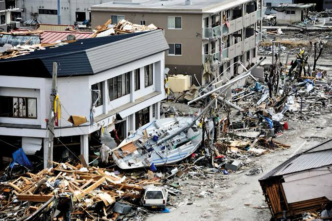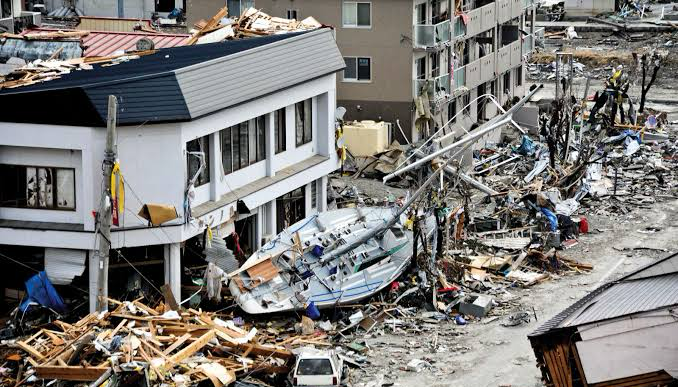Will Free Tuition Improve Education or Create New Challenges?
Japan is set to introduce free high school education starting in the new fiscal year, a decision that has sparked both support and criticism. The Liberal Democratic Party (LDP), Komeito, and the Japan Innovation Party (JIP) have agreed on a policy that will eliminate income-based tuition support limits. This means all households, regardless of income level, will benefit from the free tuition policy.
While the move is aimed at making education more accessible, concerns remain about funding, private school tuition hikes, and the impact on public high schools.
Key Highlights of the Free High School Education Policy
✔ No income cap: The ¥9.1 million income limit for tuition support will be abolished.
✔ Increased support for private schools: Additional financial assistance will be available for private school students starting in 2026.
✔ Potential shift in school preferences: As seen in Osaka and Tokyo, more students may choose private high schools, leading to declining enrollment in public schools.
✔ Budget concerns: The policy will require over ¥500 billion annually, but clear funding sources have yet to be outlined.
Impact on Public and Private Schools
📌 Growing Preference for Private Schools
In Osaka and Tokyo, where tuition-free policies have already been implemented, more students are opting for private high schools. This has resulted in public high schools struggling with under-enrollment, leading to concerns about school closures and the long-term effects on Japan’s education system.
📌 Risk of Private School Tuition Hikes
With government-funded tuition support, many private schools may increase their fees, making education even more expensive for families despite the policy’s intent.
📌 Decline in Specialized Public Schools
Public technical and agricultural high schools, which provide vocational education, could face lower enrollment as students prioritize traditional academic high schools, potentially leading to a decline in skilled workforce training.
Funding Challenges and Political Debate
💰 Where Will the ¥500 Billion Come From?
One of the biggest criticisms of the free high school tuition policy is the lack of clarity on funding. The government has not specified how it will finance the program, raising concerns about the long-term financial burden.
📢 Political Strategy or Genuine Reform?
Critics argue that the policy is more about winning votes than genuinely improving education. With the House of Councillors election approaching, parties may be using free education policies to gain public support.
The Future of Free Education in Japan
Looking ahead, the government is also considering:
✔ Free elementary school lunches starting in 2026
✔ Expansion of free school meals to junior high schools
While these policies could ease financial burdens on families, they will require massive financial resources, which remain unclear.
Conclusion: A Step Forward with Unanswered Questions
The move towards free high school education in Japan has positive intentions, aiming to ensure equal access to education. However, concerns about funding, the shift towards private schools, and the sustainability of the policy need to be addressed.
For the policy to succeed, Japan must balance affordability with quality education while ensuring that funding sources are transparent and sustainable.
Source: https://asianews.network/making-high-school-education-free-the-japan-news/
















